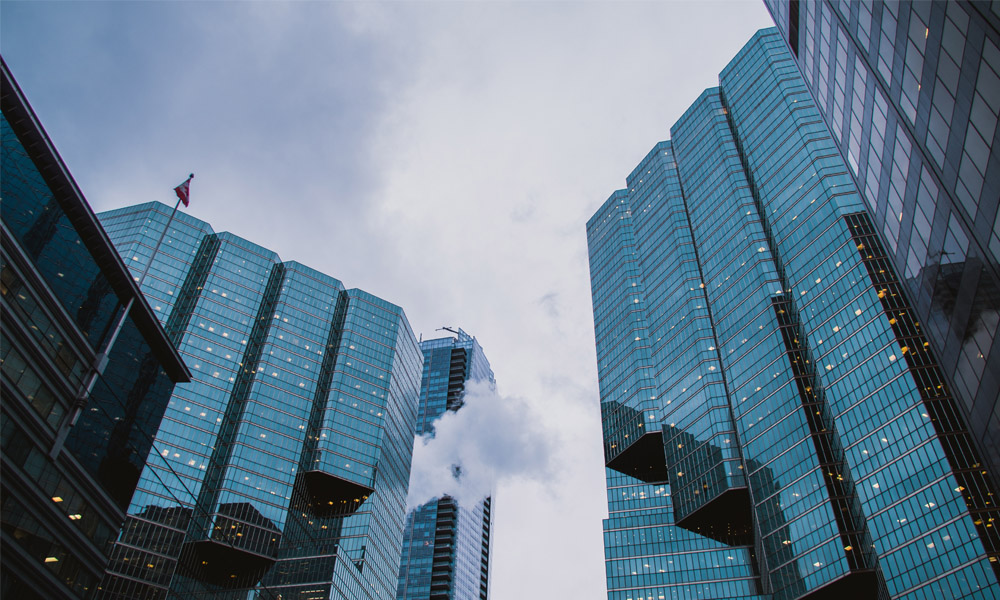

Low-E Glass Manufacturers Revolutionizing Energy Efficiency
In an era where energy efficiency and sustainability are paramount, low emissivity (Low-E) glass has emerged as a cornerstone in architectural design and construction. This innovative glass type is designed to minimize the amount of infrared and ultraviolet light that enters a building without compromising natural light absorption. As a result, Low-E glass plays a pivotal role in enhancing energy efficiency in residential and commercial properties alike. This article will explore the importance of Low-E glass, the factors driving demand, and what sets leading Low-E glass manufacturers apart in this competitive industry.
Understanding Low-E Glass
Low-E glass is treated with a thin, transparent coating that reflects heat while allowing light to pass through. There are two main types of Low-E coatings hard-coat and soft-coat. Hard-coat Low-E glass is baked into the glass during manufacturing, making it more durable and suitable for single-pane applications. In contrast, soft-coat Low-E glass, which involves the application of a metallic coating, is more effective at controlling temperature and is typically used in insulated glazing units.
The benefits of Low-E glass are significant. By reducing heat loss during colder months and minimizing heat gain during warmer months, Low-E glass contributes to substantial energy savings. Buildings using Low-E glass can dramatically reduce their heating and cooling costs, making them more environmentally friendly and financially viable over time.
The Growing Demand for Low-E Glass
The increasing focus on energy efficiency and climate change mitigation is driving the demand for Low-E glass across the globe. Governments are implementing stricter energy codes and regulations that mandate energy-efficient building practices. Moreover, consumers are becoming more aware of the environmental impact of their choices, leading to a growing preference for energy-efficient solutions. Architects and builders are now actively seeking materials that can enhance the energy performance of their designs, and Low-E glass fits the bill perfectly.

Additionally, the trend toward sustainable building practices has positioned Low-E glass as a preferred choice for green building certifications such as LEED (Leadership in Energy and Environmental Design). Low-E glass not only improves energy efficiency but also contributes to optimizing indoor air quality and occupant comfort, making it an attractive option for modern designs.
Leading Low-E Glass Manufacturers
With the rising demand for Low-E glass, several manufacturers have emerged as leaders in this specialized field. Companies such as Guardian Glass, Pilkington (a part of NSG Group), and Schott AG have established themselves as frontrunners, offering a diverse range of Low-E glass products tailored to various applications.
These manufacturers differentiate themselves through continuous innovation, investing in research and development to enhance the performance of their Low-E coatings. For instance, the development of multi-layered coatings has resulted in even greater efficiency and flexibility, allowing for improved solar control and reduced glare. Moreover, several manufacturers are focusing on sustainability by implementing eco-friendly practices in their production processes and using recycled materials whenever possible.
Conclusion
The rise of Low-E glass manufacturers represents a significant shift in the construction industry toward more sustainable and energy-efficient practices. As the demand for Low-E products continues to grow, these manufacturers are tasked with maintaining high-quality standards while innovating to meet changing consumer needs. By focusing on energy efficiency, Low-E glass not only benefits the environment but also offers substantial economic advantages, solidifying its place as a vital component in modern architecture and construction. As we move towards a more sustainable future, the role of Low-E glass manufacturers will be crucial in driving the adoption of energy-efficient building materials and practices worldwide.